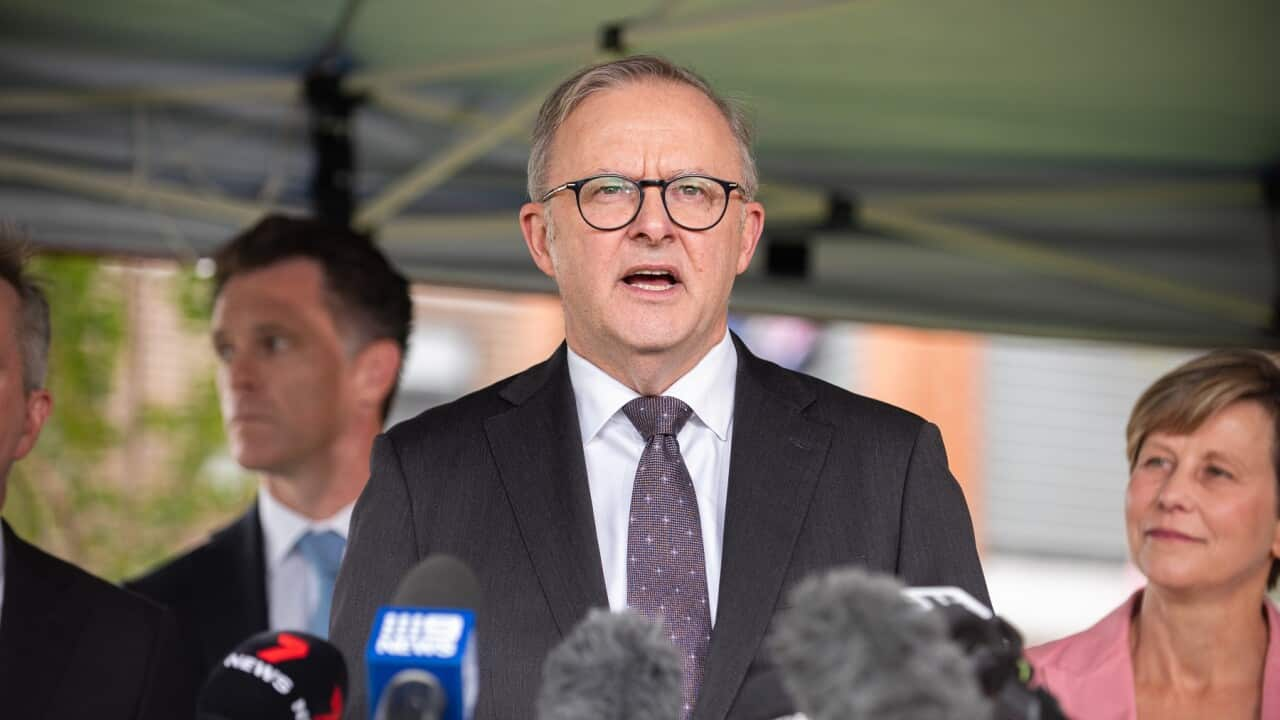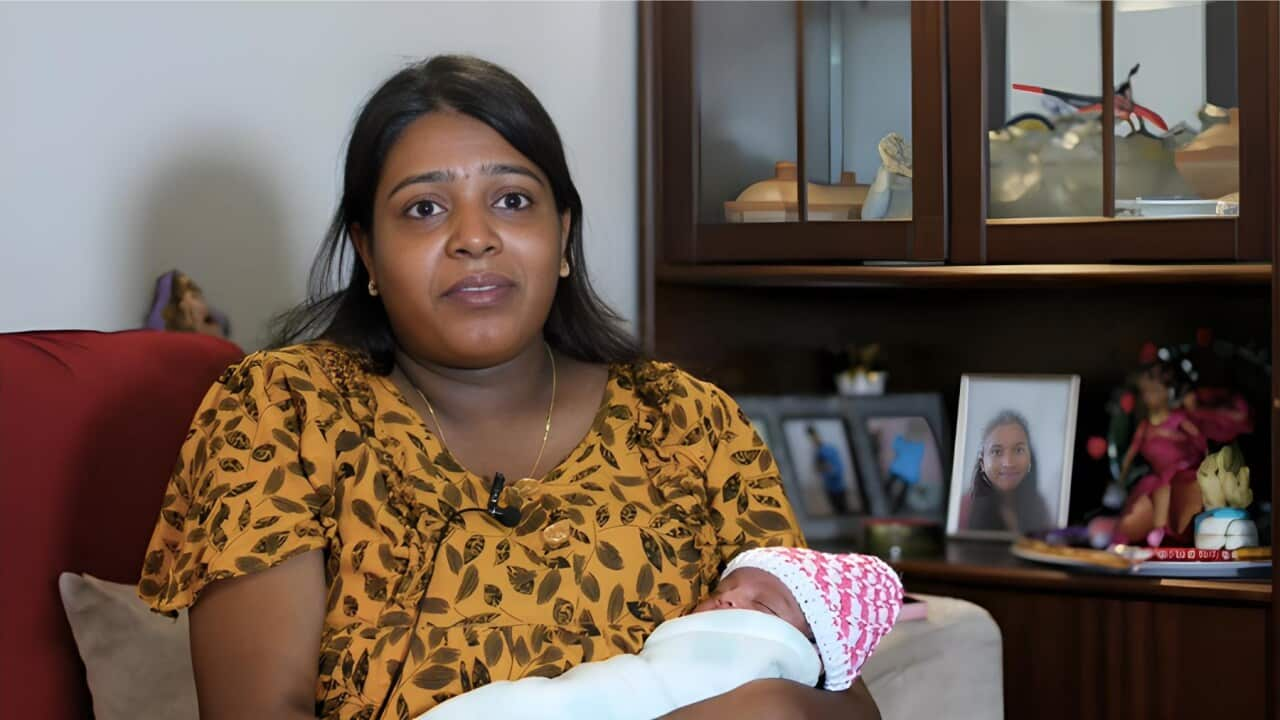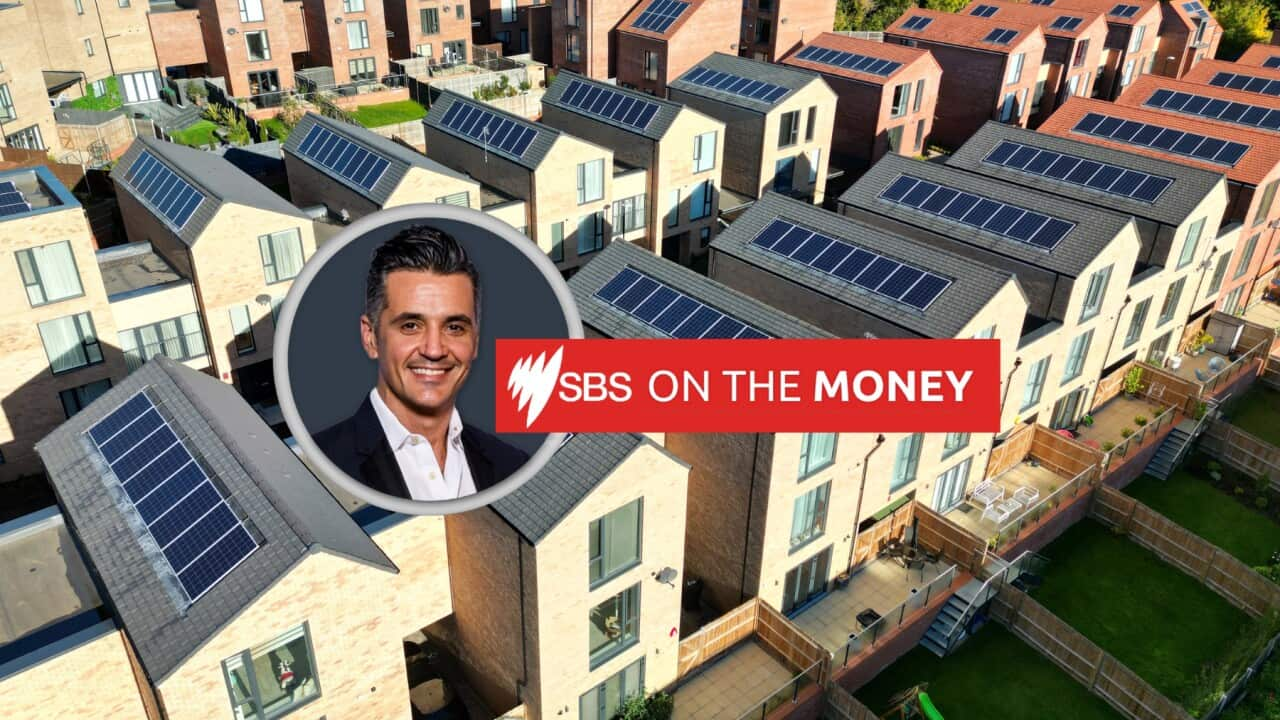TRANSCRIPT
The proposed stage three tax cuts were initially legislated under the previous Coalition government in 2018 and are due to come into effect July 1 this year.
Stage one and stage two of the tax cuts have already taken effect to benefit low- and middle-income households.
But during a cost of living crisis, it is stage three of the tax cuts - to benefit those on higher incomes the most - that is seen as controversial.
Prime Minister Anthony Albanese addressed concerns during an interview on commercial radio station KIIS FM, saying his intention is that "everyone" would get a tax cut.
"I support tax cuts. And everybody will be getting a tax cut...Across the board, what we're doing is looking at how we can help low and middle-income earners. Middle Australia are doing it particularly tough."
The topic is likely to be raised during a caucus meeting set for Wednesday.
Mr Albanese refused to confirm reports that the government is considering trimming the tax cut for the highest earners.
As currently legislated, the stage three cuts will eliminate the 37 per cent rate, replacing it with a flat 30 per cent rate for incomes between $45,000 and $200,000.
The wealthiest are set to benefit the most, with people earning $200,000 a year or more are due to receive a tax cut of $9000 a year, when the top income threshold is lifted for the first time since mid-2008.
The changes are expected to cost the government $20 billion in the first year, and potentially $324 billion over ten years.
There are concerns that could fuel inflationary spending.
Pradeep Philip, head of Deloitte Access Economics, says avoiding adding to inflation is something the government will have to manage carefully.
"Right now are there some Australians who are struggling to make ends meet? Because wages have been flat - or real wages have been negative for too long. Because the tax burden has been growing. Yes, there are Australians who do need cost-of-living relief. But at the same time, the government has got to balance that with the fact that the economy is on a knife's edge. So they need to make sure they're targeting the relief. That they're not giving it to people who don't need the money. Because if they do, then they will occur the wrath of the Reserve Bank. And so what we don't want to see is people get cost-of-living relief but then whacked by the Reserve Bank."
There is speculation that one way to wind back the size of the tax cuts for wealthier individuals would be to avoid lifting the top $180,000 income threshold to $200,000.
Economist Chris Richardson says that would save the government $3.4 billion a year.
There is also speculation that the money saved at the top could be redistributed for all taxpayers by increasing the tax-free threshold from $18,200 to $19,500.
Richardson says that could result in a universal tax cut of $247 annually.
The legislated tax cuts were introduced to deal with what the government identified as bracket creep, which the independent Parliamentary Budget Office says has the largest effect on people who earn just above a tax threshold.
Because the income tax system is not indexed, the tax brackets do not rise with inflation - meaning rising incomes lead to people paying higher average income tax rates.
Pradeep Philip says he believes the income tax system does need to be reformed - and the government should consider structural reform.
"The personal income tax burden has been rising - and with an ageing population, that is going to be more and more pressure on fewer and fewer taxpayers. So we have to engineer a tax mix switch. We have to move to a better tax base over the medium-long run in order to raise the revenue - in order to raise the revenue that both sides of politics want to use to spend on really important things like health and education, the NDIS and defence. So it is really important that we get more fundamental tax reform. We think that the government should go further than stage three. Drive even more simplicity and benefits from the personal income tax system. And switch it to more efficient and more equitable tax bases."
Speaking on Channel Seven, Opposition Treasury spokesperson Angus Taylor says any change to what was originally legislated five years ago would be a broken promise to voters after Labor committed to the legislated plan during and after the federal election in May 2022.
"This would be the mother of all broken promises. This is something that the prime minister and treasurer have committed to over 100 times. As you said, it is in legislation - and Labor voted for it. And it has been to two elections. So this is not something to change."
The Greens have repeated calls for the stage three tax cuts to be scrapped.
In a letter to Treasurer Jim Chalmers [[sent on Monday 22 Jan]], acting Greens leader Mehreen Faruqi referred to new analysis by the independent Parliamentary Budget Office showing three-quarters of the benefit would go to the top fifth of income earners.
The Council of Social Service says it wants the stage three tax cuts axed and the money redirected into targeted cost of living relief for those on the lowest incomes.
Deputy Prime Minister Richard Marles avoided questions from reporters [[23 Jan]] on the opposition's accusation of a broken promise.
He says the government is focused on helping Australians on middle incomes.
"Let me make this clear. We are completely focused on easing the cost-of-living pressures on Australia. We have been doing that since the moment that we have been elected. And we have seen that through a number of initiatives - be it cheaper medicines, be it putting downward pressure on power prices. The inflationary environment around the globe has persisted. And that is putting pressure on middle Australia. So we will be entirely focused on the decisions we take on easing that pressure."













